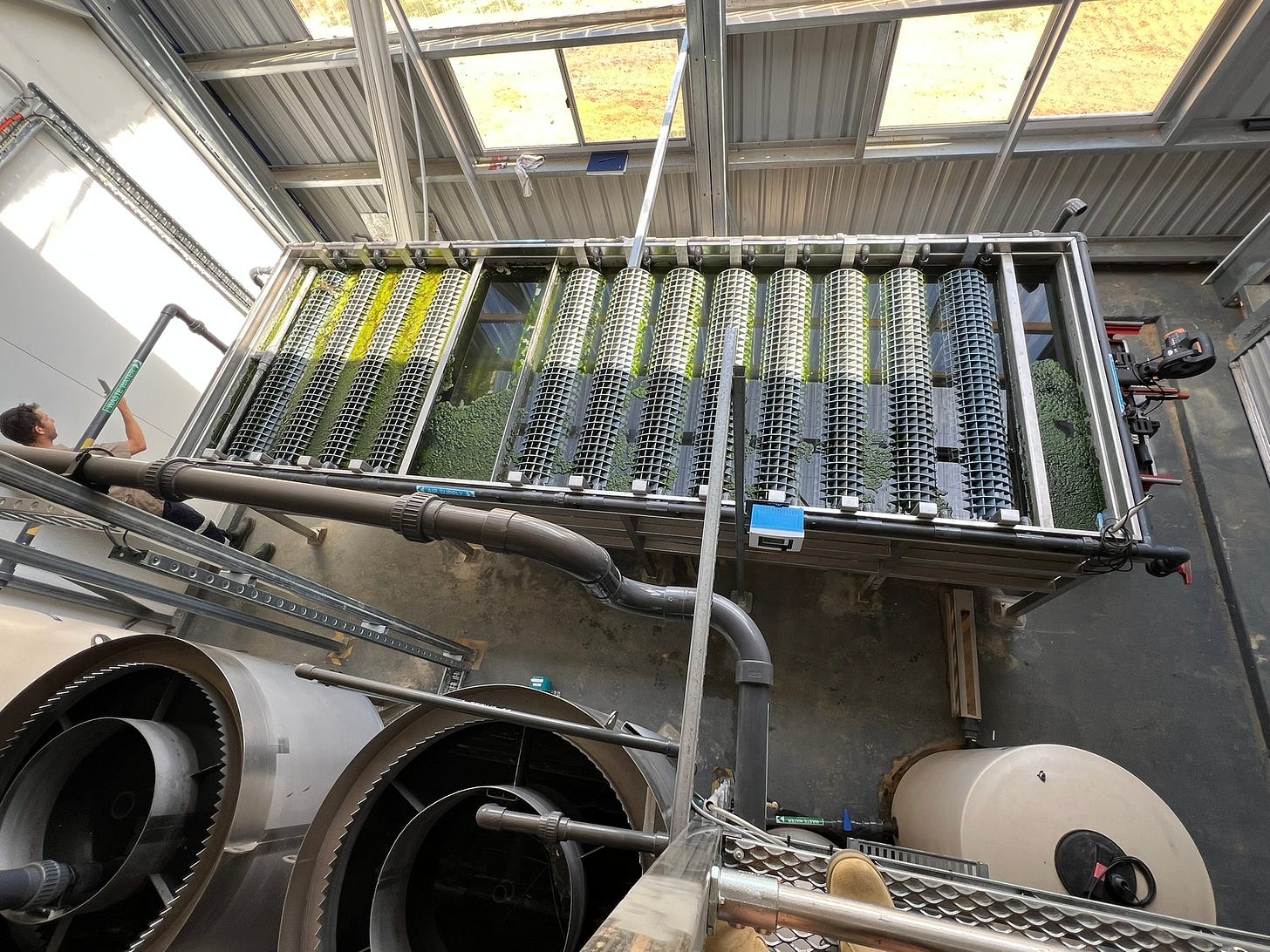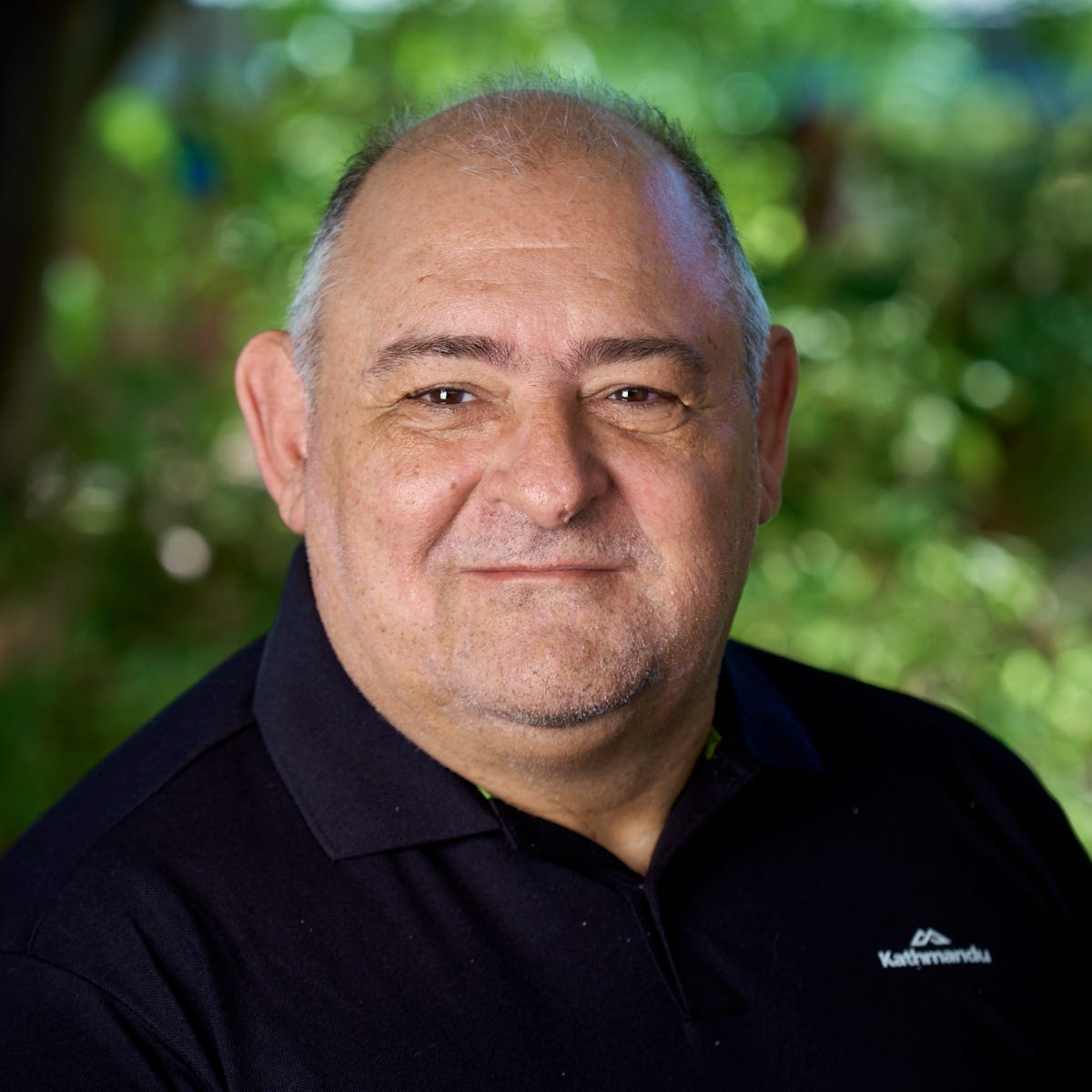A solution to Queenstown's sewage crisis - from Australia
Small community wastewater plants have a lot of advantages
This article was written for Crux by Soner Bekir Founder & MD of Algaesys Australia after reading our coverage of Queenstown’s sewage crisis.
While it may not be news to the residents of Queenstown, the situation of sewage treatment today, not just with the QLDC but the world over, is broken.
We are going to focus on how wastewater treatment is broken in developed economies that take the treatment of wastewater as being something that they are committed to doing.
The historical imperative behind wastewater treatment and indeed the principal driving force in the industry is dealing with the public health issue. Sewage transport (via a reticulated network) has been done since 4000BC, so its not new thinking or technology, but the sewerage systems we know and love today more or less came into being in the 1850’s. This was brought into being by the increasing sizes of cities, industrialisation concentrating population in much smaller spaces resulting in quantities of effluent being significantly more than the natural environment could cope with.
The author - Soner Bekir is the Founder & MD of Algaesys Australia
The principal idea behind sewerage networks was simple, move the effluent away from the population and dump it (principally into a large body of water) and let nature “do its thing”. It took another 50 to 100 years to actually start treating the effluent systematically, with primary settlement, aeration and chemical treatment. While treatment methodologies and technology has improved since then, although not as much as you might think, no-one has put much thought into re-thinking the process. A wastewater engineer from the 1970’s would be totally at home looking at the plant in QLDC.
However It’s not the pace of change of technology in the wastewater industry that is causing problems today, or the ever-increasing environmental standards that raise the expectations of the treatment levels. It is the poor urban planning and the fixed ideas around what wastewater is.
The Shotover plant in Queenstown and the township of Hāwea are great examples of the confluence of both of these issues colliding.
On the one side you have regional council (ORC) who is responsible for approving planning applications, and then the QLDC which is responsible for ensuring that there is sufficient infrastructure in place to deal with the resultant population. You would think that having these two bodies in charge would mean that any plans to significantly expand the population would result in some forward-thinking development of infrastructure to facilitate that growth.
But you’d be mistaken. The problem lies in the timescales for developing and establishing infrastructure versus the time required to build houses, and of course, the number of people doing both activities.
I could be cynical at this point and point out that approving developments generates revenues for councils and approving infrastructure spend generates cost, but even taking the purely economical question out of the equation, a fast design, approve & build process for a wastewater treatment plant takes a minimum of five years, and produces an asset with a typical operational lifetime of 100 years. When a plant is being designed however it isn’t being designed with the size and capacity needed to deal with 100 years of growth and tightening environmental controls, because it is incredibly difficult to predict and too costly (in terms of land acquisition and supporting infrastructure build) to contemplate.
You see, using most current wastewater treatment methodologies requires significant amounts of land, power and expertise to operate safely. That’s why metro wastewater tends to get treated using the latest and greatest technology and regional towns tend to get the best of 1970’s design bolstered by the latest pumps and blowers and supporting tech.
A community scale waste treatment plant - they don’t have to be big.
It would seem that the problem is an intractable one if you insist on building large-scale wastewater treatment facilities and thousands of linear kilometres of reticulated sewerage with its’ associated pumping stations. In New Zealand, where geological risks and widely dispersed communities with limited power generation and transmission capability exists, this model really isn’t fit for purpose anymore.
What’s needed is a change in mentality – accompanied by a change in methodology. But that is where the cultural problem comes in. When speaking to QLDC last year, they made it clear that implementing the SBR plant in Shotover was a quantum leap in local technology and when you consider that SBR’s were introduced in the 1970’s – the time lag (50 years) is disconcerting. And then there’s the cost. 100 year, large scale public assets cost a lot to build and even more to maintain, and funding is tight.
There are sustainable, small-scale alternatives available and utilities in Europe, Australia and most of the Asia Pacific are testing, evaluating or implementing them. It is the new generation of environmental engineers and water engineers that are typically driving this innovation, but they are fighting against the established engineering knowledge and experience and also against public sentiment.
No one ever got sacked for choosing an established technology.
Moving wastewater treatment back into the community comes with the inherent risk of public disapproval (fear of smells & the eeuuww factor). From a risk-management perspective, there are legitimate worries about public health risk, but both of these concerns will never be addressed if they aren’t confronted.
Bizarrely, the quicker you treat effluent, the less it smells and the easier it is to treat. That ease of treatment is important, because it means that you need less caustic chemicals to carry out the treatment and the opportunity for the effluent to start breaking down and producing Hydrogen Sulphide (rotten egg gas) or Methane is removed, countering a lot of the risk associated with traditional approaches.
Add to that, the use of new biological processes, and you remove an awful lot of the power requirement, which is typically focussed on providing aeration and mixing for the sewage liquor.
So what’s stopping the uptake?
Well partly its’ the public. Would you be prepared to see a greenhouse-based wastewater treatment plant locally, servicing 1000-houses and providing water to be used for irrigation?
Then comes the institutional, risk averse, land councils.
But if the public express their desire to see a change that results in carbon-negative, localised, sustainable wastewater treatment & resource recovery – then the councils may pay attention.
As wastewater treatment is typically responsible for 2% to 3% of global electricity use and a significant portion of GHG emissions, there has never been a better time to start thinking differently about sewage. It should be treated as an opportunity to recover valuable resources and at worst, return water to the natural environment in as good a state as possible.






